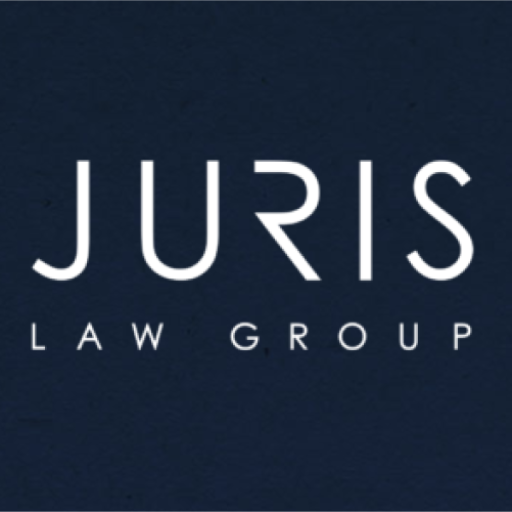
In today’s global food industry, companies often need to navigate complex regulatory landscapes when developing and marketing their products in different regions. One of the most significant challenges is managing the differences in the types of preservatives allowed in food products between Europe and the United States. These differences can impact product formulation, labeling, and even market acceptance. For food companies operating on both sides of the Atlantic, understanding and adjusting to these regulatory variances is critical.
Regulatory Frameworks: EFSA vs. FDA
The primary difference between the European and U.S. markets stems from their regulatory bodies: the European Food Safety Authority (EFSA) in the European Union (EU) and the Food and Drug Administration (FDA) in the United States.
The EFSA operates under a precautionary principle, which means that substances are often banned or restricted if there is any scientific uncertainty about their safety. The EU’s regulatory framework is generally more stringent, requiring extensive safety data and often adopting a more conservative approach to food additives, including preservatives.
In contrast, the FDA follows a risk-based approach, focusing on whether there is a reasonable certainty that no harm will come from the use of an additive. This allows for a broader range of preservatives to be approved for use in food products in the U.S. compared to the EU.
Common Preservatives and Their Acceptance
The divergence in regulatory approaches leads to differences in the acceptance and usage of certain preservatives in food products.
- Potassium Sorbate and Sodium Benzoate
- Europe: Both potassium sorbate (E202) and sodium benzoate (E211) are widely accepted in the EU, but their usage levels are strictly regulated. The EFSA mandates that the use of these preservatives must be justified by the need to prevent microbial growth that cannot be controlled by other means.
- U.S.: The FDA also approves these preservatives but generally allows higher levels of use compared to the EU. However, in the U.S., there is often greater consumer scrutiny, particularly around sodium benzoate, which some studies have linked to health concerns when combined with certain artificial colors.
- BHA and BHT
- Europe: Butylated hydroxyanisole (BHA, E320) and butylated hydroxytoluene (BHT, E321) are synthetic antioxidants used to prevent rancidity in fats and oils. While both are allowed in the EU, their use is heavily restricted, with some countries like Austria and Japan banning BHT altogether. The EFSA has expressed concerns over potential carcinogenic effects, leading to ongoing reviews and reduced permitted levels.
- U.S.: The FDA considers BHA and BHT as “generally recognized as safe” (GRAS) and allows their use in a wider range of products at higher levels. However, growing consumer demand for clean labels is pressuring manufacturers to seek natural alternatives.
- Nitrates and Nitrites
- Europe: Sodium nitrite (E250) and sodium nitrate (E251) are commonly used in cured meats. The EFSA strictly regulates these substances due to concerns over their potential to form carcinogenic nitrosamines. The EU also requires products containing these preservatives to include labels warning consumers of their presence.
- U.S.: The FDA permits the use of nitrates and nitrites, with similar concerns about nitrosamine formation. However, the U.S. allows for more liberal use of these preservatives, though there is an increasing push towards “uncured” or “nitrate-free” labeling, driven by consumer preference rather than regulatory requirements.
Formulation Adjustments for Dual-Market Products
For food companies that operate in both Europe and the U.S., the differences in preservative regulations necessitate strategic adjustments in product formulations. Here’s how companies can manage these challenges:
- Reformulation: Companies may need to create different versions of the same product for each market. This could involve reducing the levels of certain preservatives in the EU version or substituting restricted preservatives with approved alternatives that still offer the desired shelf-life and safety.
- Labeling Compliance: Products must meet the specific labeling requirements of each region. For example, a product containing sodium nitrate in the EU must carry a warning label, whereas the same product in the U.S. might not need one. Ensuring compliance with these requirements is crucial to avoid legal issues and maintain consumer trust.
- Consumer Perception: In addition to regulatory compliance, companies must also consider consumer perception. U.S. consumers are increasingly demanding products with “clean labels,” which means fewer artificial preservatives. This trend is also growing in Europe, though it is not as pronounced. Companies might choose to use more natural preservatives, such as rosemary extract or ascorbic acid, to appeal to health-conscious consumers in both markets.
- Supply Chain Coordination: Adjusting product formulations for different markets also affects the supply chain. Companies need to ensure they have access to the appropriate ingredients and that their manufacturing processes can accommodate the different formulations without compromising efficiency or product consistency.
Navigating Regulatory Differences
Navigating the differences in preservative regulations between Europe and the U.S. is a complex but necessary task for food companies operating in both regions. By understanding the regulatory landscapes, reformulating products where necessary, and staying attuned to consumer trends, companies can successfully manage these challenges and continue to thrive in the global marketplace.
For businesses facing these complexities, consulting with experts in food law can be invaluable. At Juris Law Group, we specialize in helping companies navigate the intricate regulatory frameworks of different markets, ensuring compliance and mitigating risks. Contact us today for a free consultation to discuss how we can assist your business in adapting to these challenges.
